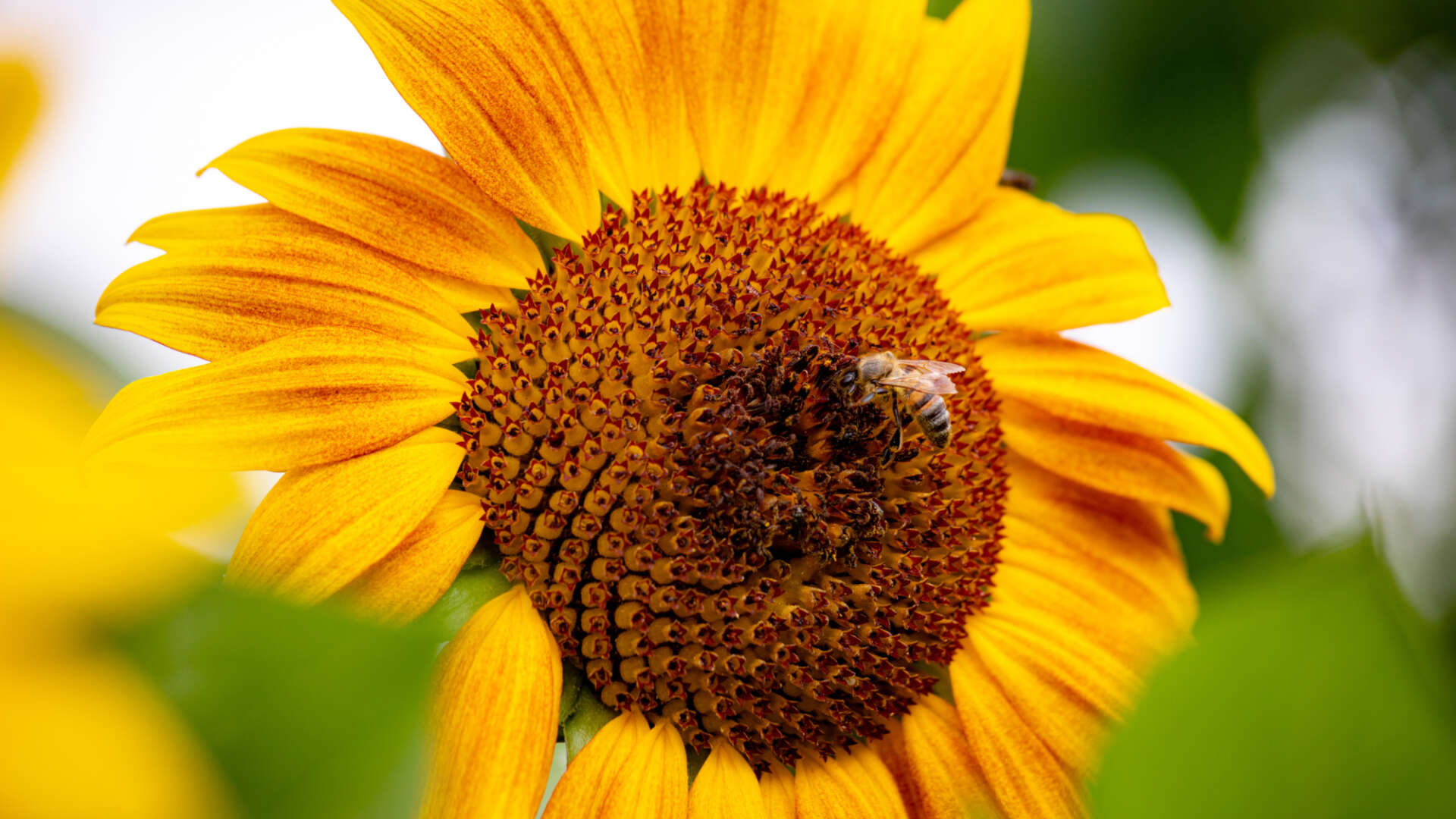Mow less, and help the bees
Researchers tested whether mowing every 1, 2 or 3 weeks had an effect on bee abundance and diversity.

Lawns mowed every three weeks had as much as two and half times more flowers than those mowed weekly. Dandelions and clover flourished, providing vital sources of pollen for bees and other pollinators. These lawns also attracted the most diverse range of bee species. However, lawns mowed every two weeks supported the highest bee abundance, but not diversity. A lawn which was mown weekly had poor bee presence.
So, do your bit for the bees and other insects, and park your mower for a couple of weeks. Alternatively why not leave the grass long and mow interesting paths through it?
For these and other tips on how to manage an organic lawn, see www.gardenorganic.org.uk/organic-lawn
To mow or to mow less: Lawn mowing frequency affects bee abundance and diversity in suburban yards University of Massachusetts